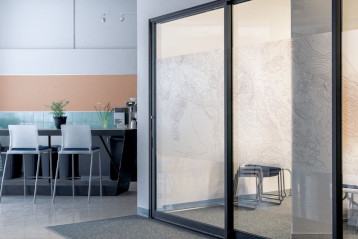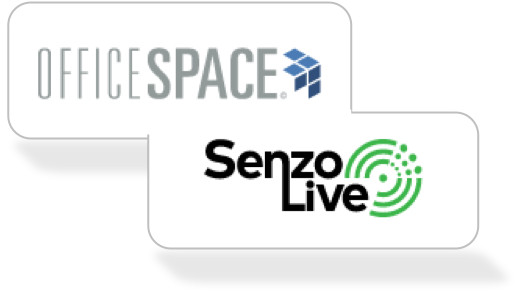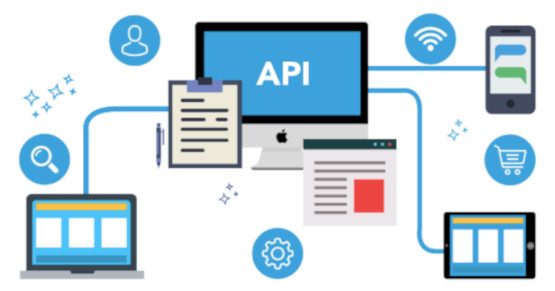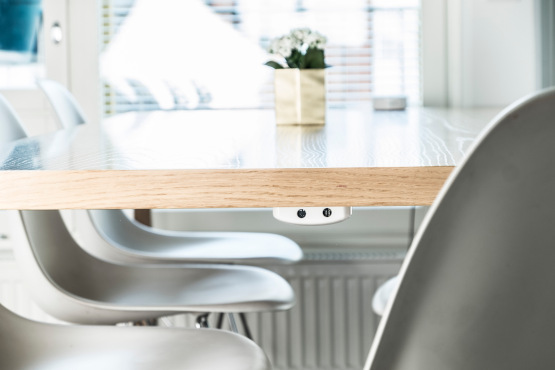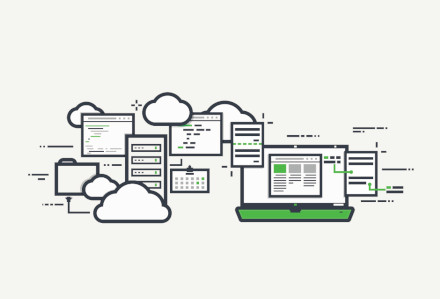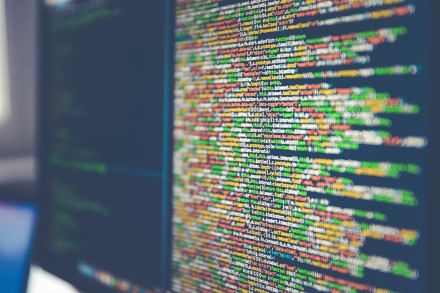How to Choose the Best Occupancy Sensors for Workspace Utilization Analytics?
According to research, companies only use up to 50% of their office workspace. Occupancy sensors and utilization analytics enable corporations to save Real Estate costs, optimize workspace usage, and improve the employee experience.
But, how to choose the right sensors for your office among the vast selection of products? We answer that question in this article.
Are you interested in best-practice Workspace Optimization Solution examples?
Please enter your email here and download an example floorplan with occupancy sensor blueprint

How to Start Workspace Utilization Planning?
Begin your workspace utilization planning process by identifying the goals and business objectives of your occupancy analytics project.
Here are examples of questions to ask:
- Do I need occupancy data for determining the optimal floor space area for my company?
- Am I trying to forecast the right time for moving to a new office?
- Do I want to analyze meeting room efficiency?
- Do I need the data as a real-time feed or a snap-shot view?
By spending enough time for planning and setting the right goals, you can secure a positive Return on Investment (ROI) for the occupancy analytics solution.
The principal business driver behind the occupancy data collection also affects the selection of the sensors.
Types of Occupancy Sensors
It is easy to get lost with the vast number of occupancy sensor products available in the market. Wrong types of sensors can leave you with nothing but inaccurate utilization data, and high costs. There are just a few types of occupancy sensors you should know about when planning for workspace utilization monitoring.
The primary detection technologies used in occupancy sensors are Passive Infrared (PIR), Ultrasonic (US) and Image Recognition. Dual Technology occupancy sensors combine PIR and US sensing technologies into a single device. PIR sensors are typically less expensive, but also less accurate than active sensors.
Data reliability and accuracy are critical selection criteria for occupancy sensors. Many cheap sensors made in China come with a detection accuracy below 80%. However, sensors with a minimum of 98% data accuracy are recommended for corporate use.
For many corporations, the real estate is the second largest expense item on their income statement. Therefore, real estate strategy planning should be based on accurate data.
Additionally, there are different types of sensor mounting alternatives to consider – ceiling, wall, and desk mounted sensors. The various sensor technologies and mounting alternatives have different strengths and weaknesses. To deploy an accurate and cost-efficient utilization analytics solution, you must pick the right types of occupancy sensors for meeting rooms, open lounge areas, hot-desks, phone booths and so on.
So, when should you choose a ceiling, wall or desk mounted sensor? Also, how to combine different types of sensors to get accurate utilization data? Here is a run-down of the key considerations.
When to use a Desk Occupancy Sensor?
Desk occupancy sensors are the gold standard for workspace utilization monitoring. They deliver the most accurate data about which "work points" are occupied in an office at any given time. These sensors are mounted under a desk, and they detect and deliver desk specific occupancy data wirelessly to the cloud.
Desk occupancy sensors are recommended for single working spots, small meeting rooms, hot-desks, flex-space areas, cubicles, office rooms, and desks scattered in the office.
Desk occupancy sensors are typically active Ultrasonic or Dual Technology devices, which frequently scan the desk occupancy status.
When to use a Ceiling Mount Occupancy Sensor?
Ceiling-mount occupancy sensors are an optimal solution for accurately measuring the occupancy level in common and collaborative spaces; this includes a lounge area, cafeteria, informal meeting spaces, sofa sitting areas, flexible co-working areas and meeting rooms of 10 seats and larger. Several ceiling mount occupancy sensors can be “stitched” together to cover larger areas.
In open and shared office areas, the ceiling mount sensors based on Image Recognition technology provide the optimal cost-per-area coverage ratio and deliver high detection accuracy sufficient for determining the number of people occupying an area in real-time.
When to use a Motion Sensor?
Motion sensors, or motion detectors, are perfect for monitoring occupancy of small, enclosed spaces such as indoor phone booths, quiet rooms, and focus rooms. They are typically wall or ceiling mounted devices and based on the PIR technology.
Motion sensors provide real-time occupied vs. not-occupied status information indicating if anyone is currently using the space. This status information can be fed into a mobile application, which shows the employees the locations of the free phone booths on the office map.
Motion sensors do not provide people count – only the information if a room is available or not. For the Corporate Real Estate team, this gives valuable utilization data for determining the optimal number of these spaces.
Tips for Reducing the Cost of Occupancy Sensors
When choosing occupancy sensors for your office, there are a couple of technology fundamentals to consider that can save you installation and maintenance costs.
Firstly, there are several wireless standards in the market such as Sigfox, LoRa, Bluetooth, 4G, and WiFi. When choosing a WiFi-based solution, you can use the existing corporate WiFi network to save time and money compared to installing separate gateways, beacons, and antennas on every floor.
If you are not using WiFi, make sure to ask how many gateways and antennas are required per floor or building, in your case. The default deployment models are not optimal for every office.
Battery powered occupancy sensors are perfect for a short-term space utilization analysis. However, be cautious if the sensor vendor promises several years of battery life. Study the technical specifications carefully for details such as scan interval. For example, battery-powered sensors should not be used in real-time occupancy data streaming solutions with a high scanning frequency.
Sensors with permanent power supply most often require a USB cable extended from the power source to the sensor. This may add a few extra minutes of installation time, but in the long run, it provides you a maintenance-free and economical solution because frequent battery replacements will not be needed. Sensors with a permanent USB power supply are also ideal when a desk booking application, wayfinding displays, or continuous workspace utilization monitoring are required.
For ceiling mount sensors, the most cost-effective option is Power on Ethernet (PoE), which saves you from a separate power supply installation.
What about Privacy?
Sometimes employee privacy can become a concern with workplace utilization monitoring. Here are a couple of tips to tackle privacy concerns.
- In the case of Image Recognition technology, only use sensors which are based on on-device image processing; do not have an interface to extract images; and do not store or output images.
- If desk occupancy is a sensitive topic, start with meeting rooms and collaboration areas to showcase the benefits to get full buy-in from the employees
- Right analytic platforms should allow you to adjust the level of privacy so that your employees can feel comfortable at the office.
- Communicate clearly to your employees about the study.
Here is How to Kick-off your Occupancy Sensor Project!
Begin the deployment of the occupancy sensor project by creating a detailed space inventory based on your current office layout – define different workspace types, the number of desks and seats on the floorplan, and include photos of each work area type. With this information, you can request a proposal from an occupancy analytics vendor and choose an optimal occupancy sensor fleet to cover the office space.
The brain of every occupancy analytics solution is analytics software. If you are using multiple sensor types at the office, make sure the analytics software can aggregate all data into a unified format.
The analytics software converts the sensor data into actionable and meaningful real-time information enabling you to make educated decisions, save in real estate costs, and create a smarter workplace for your employees!




